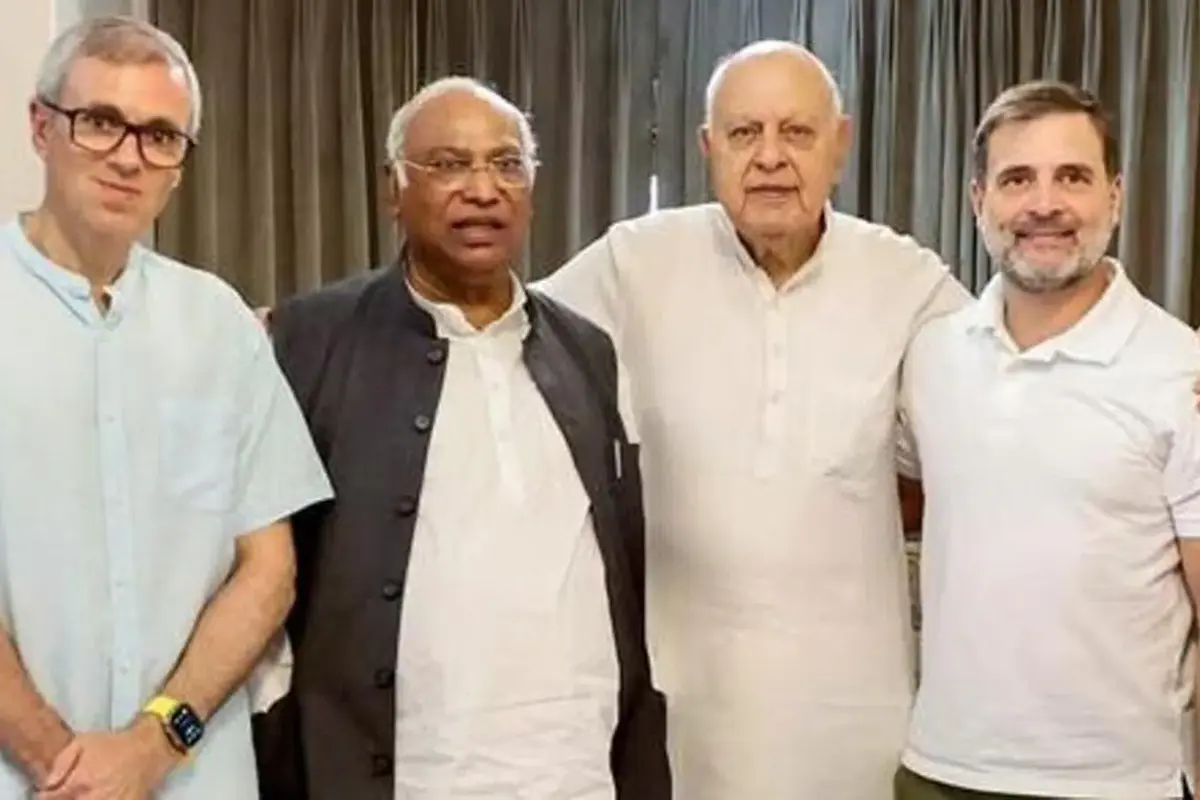
The National Conference (NC) and Congress is currently is on lead in 42 and won 1 seat. In contrast, the BJP is leading in 27 seats, winning one constituency, while the Peoples Democratic Party (PDP) is leading on seats, as of 12:30 PM.
A notable aspect of these elections is the performance of Engineer Rashid. Despite drawing large crowds at his rallies, he has not managed to gain a lead in any Assembly constituency.
The NC is leading in 42 seats independently, with Congress trailing behind at nine. Meanwhile, the PDP is ahead in 2 seats. The Apni Party, led by Syed Altaf Bukhari, is emerging as a significant loser in this electoral round.
Also Read: Kumari Selja Stresses Patience Over Early Trends In Haryana Assembly Elections
Prominent winners include Omar Abdullah, who is reportedly leading in both the Budgam and Ganderbal constituencies. On the other hand, Iltija Mufti, daughter of former chief minister Mehbooba Mufti, is trailing and likely to lose her first election.
With these trends, it seems the next government in J&K will likely be formed by the NC-Congress alliance. They may not require support from any other parties or independents to claim power in the union territory.
Following the recent delimitation of Assembly constituencies, Jammu and Kashmir now has 90 seats, including nine reserved for Scheduled Tribes (ST) and seven for Scheduled Castes (SC).
The political fate of 873 candidates, representing major parties such as the NC, BJP, Congress, PDP, and several others, hangs in the balance as counting proceeds. Chief Electoral Officer P.K. Pole announced that 28 counting centers have been established across the region, with postal votes being counted first.
Additionally, Lt Governor Manoj Sinha will nominate five members to the Assembly based on the Ministry of Home Affairs’ recommendations. This will include two women, two Migrant Kashmiri Pandits (one of whom must be a woman), and one representative of West Pakistan refugees.
This election marks the first opportunity for an elected government to be formed in Jammu and Kashmir since the abrogation of Article 370. Voter turnout for this legislative Assembly election was recorded at 63.45%, slightly lower than the 65.52% seen in the 2014 Assembly elections.
The elections were conducted in three phases: September 18, September 25, and October 1, covering 90 seats across the region.
To read more such news, download Bharat Express news apps


















